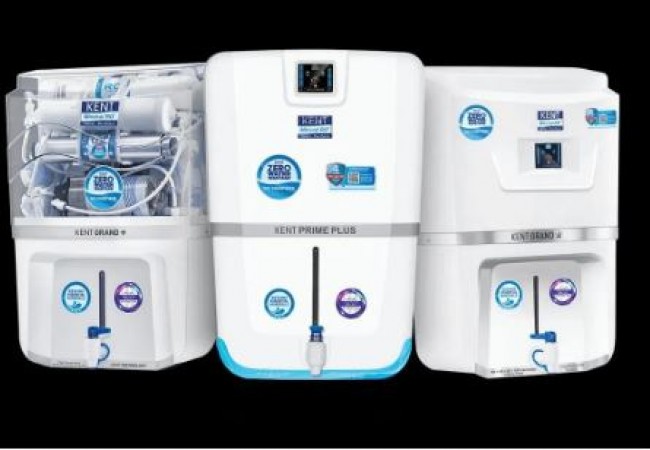
Reverse osmosis (RO) systems have become indispensable in households and industries worldwide for their ability to purify water. This technology employs a semipermeable membrane to remove impurities, contaminants, and dissolved solids from water, making it safe and suitable for various applications. One of the most remarkable feats of RO systems is their capability to sweeten salt water, transforming brackish or saline water into potable, freshwater.
The Process of Reverse Osmosis
RO works on the principle of osmosis, a natural process where a solvent (usually water) moves from an area of low solute concentration to an area of high solute concentration, across a semipermeable membrane. In reverse osmosis, pressure is applied to the side with the higher solute concentration, forcing water molecules to pass through the membrane, leaving behind contaminants and salts.
Sweetening Salt Water with RO Systems
RO systems effectively desalinate water by removing salts and other dissolved solids. As salt water passes through the RO membrane under pressure, the membrane allows water molecules to permeate while blocking the passage of salt ions and other impurities. This process results in two streams: one containing fresh, desalinated water, and the other, a concentrated brine solution.
When to Change RO Membranes
Despite their efficiency, RO membranes require periodic maintenance to ensure optimal performance. Over time, the membrane may accumulate fouling agents, such as minerals, bacteria, and organic matter, which can hinder its effectiveness. Additionally, continuous exposure to high levels of salt concentration may cause degradation or damage to the membrane.
Indicators for Membrane Replacement
Decreased Water Production: A significant drop in the production of freshwater could indicate membrane fouling or deterioration.
Increased Salinity Levels: If the treated water exhibits higher salinity levels than usual, it may indicate membrane failure.
Pressure Fluctuations: Unusual fluctuations in system pressure during operation might signal membrane blockage or damage.
Visible Signs of Fouling: Inspection of the membrane may reveal visible signs of fouling, such as discoloration, scaling, or biofilm formation.
Regular Maintenance Regimen
To prolong the lifespan of RO membranes and maintain water quality, adhering to a regular maintenance schedule is crucial. This includes:
Periodic Cleaning: Regular cleaning of RO membranes to remove accumulated deposits and fouling agents.
Replacement Schedule: Following manufacturer recommendations for membrane replacement intervals based on water quality and usage patterns.
Monitoring System Performance: Routinely monitoring system parameters such as pressure, flow rate, and water quality to detect any deviations from normal operation.
Water Quality Testing: Conducting periodic water quality tests to ensure the treated water meets desired standards and to identify any issues with membrane performance.
Reverse osmosis technology plays a pivotal role in sweetening salt water, providing a reliable solution for freshwater production in various applications. By understanding the process of reverse osmosis and implementing proper maintenance practices, users can maximize the efficiency and longevity of RO systems, ensuring consistent and high-quality water output.
Do not make the mistake of throwing away mango peels, these things can happen like this
If you want to clean your scalp naturally then make this hair scrub at home